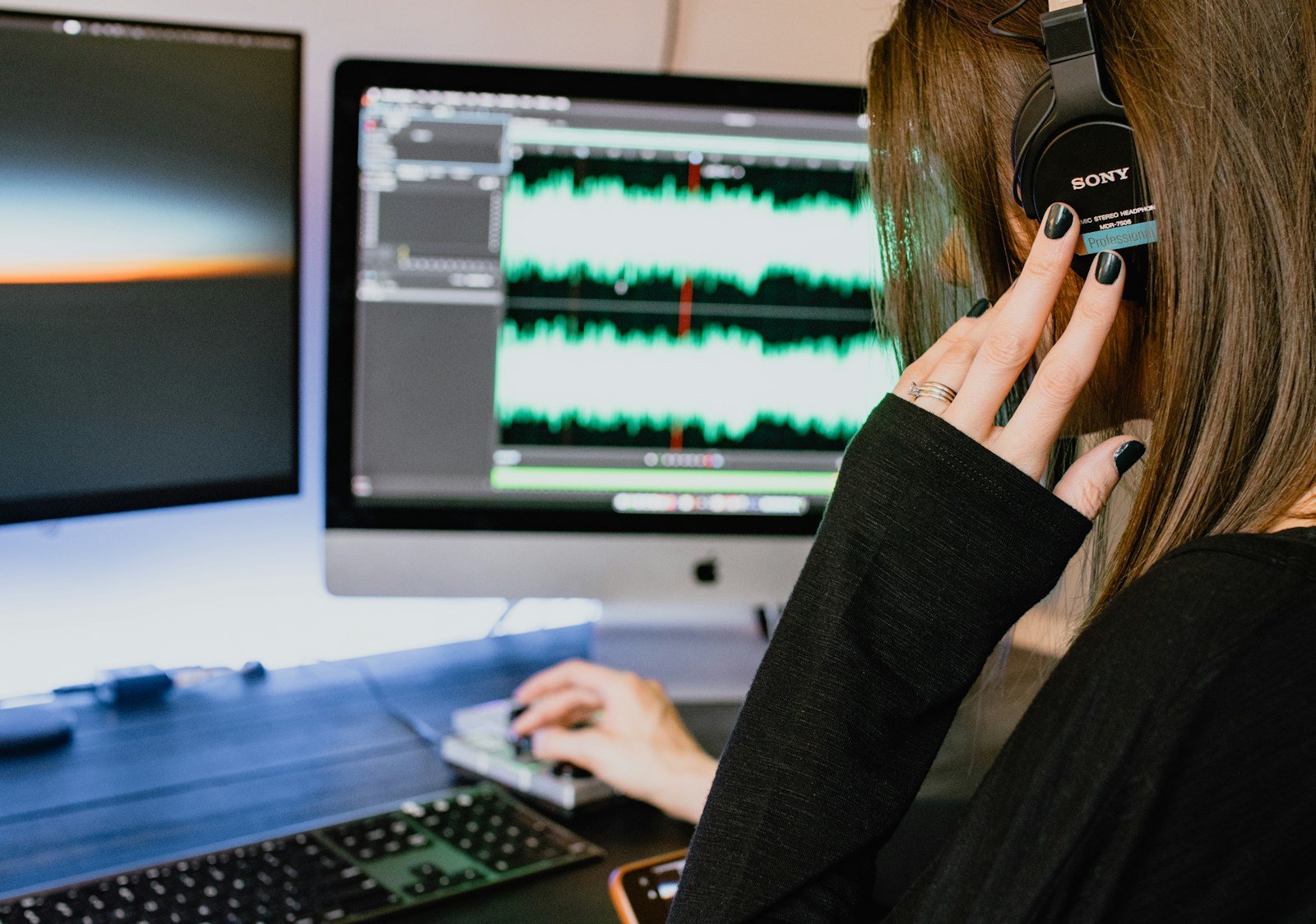A recording system refers to a setup or collection of tools and equipment used to capture audio, video, or other types of media for various purposes, including entertainment, education, documentation, and communication. Recording systems can vary widely in complexity and functionality based on the specific needs and requirements of the recording task.
Here are the key components of a recording system:
- Recording Device: This could be a dedicated recording device such as a digital audio recorder, a video camera, a smartphone, a computer, or any other device capable of capturing audio or video signals.
- Microphones: Microphones are essential for capturing audio signals. There are various types of microphones available, including dynamic microphones, condenser microphones, shotgun microphones, lapel microphones, and USB microphones, each suited for different recording scenarios and environments.
- Cameras: For video recording, cameras are necessary. These can range from professional-grade camcorders and DSLR cameras to smartphone cameras and webcams, depending on the quality and features required for the recording.
- Cables and Connectors: These are used to connect microphones, cameras, and other audio/video equipment to the recording device. Common types include XLR cables, TRS cables, RCA cables, HDMI cables, and USB cables.
- Recording Software: For digital recording, software applications are used to capture, edit, and manipulate audio and video recordings. Examples include digital audio workstations (DAWs) like Pro Tools, Logic Pro, Ableton Live, and Adobe Audition for audio recording, and video editing software like Adobe Premiere Pro, Final Cut Pro, and DaVinci Resolve for video recording.
- Interfaces and Mixers: Audio interfaces and mixers are used to connect multiple microphones and other audio sources to a recording device, allowing for control over levels, equalization, and routing. They may also provide additional features such as phantom power, preamps, and built-in effects.
- Storage Media: Recording systems require storage media to store recorded audio and video files. This can include internal or external hard drives, solid-state drives (SSDs), SD cards, CompactFlash cards, or cloud storage solutions.
- Monitoring Equipment: Headphones, studio monitors, or speakers are used for real-time monitoring of audio recordings, allowing the recording engineer or artist to listen to the recording as it’s being captured or played back.
Overall, a recording system encompasses the hardware, software, and peripherals necessary to capture high-quality audio, video, or other media content for various purposes. The specific components and configuration of a recording system depend on factors such as the nature of the recording project, budget constraints, and technical requirements.

